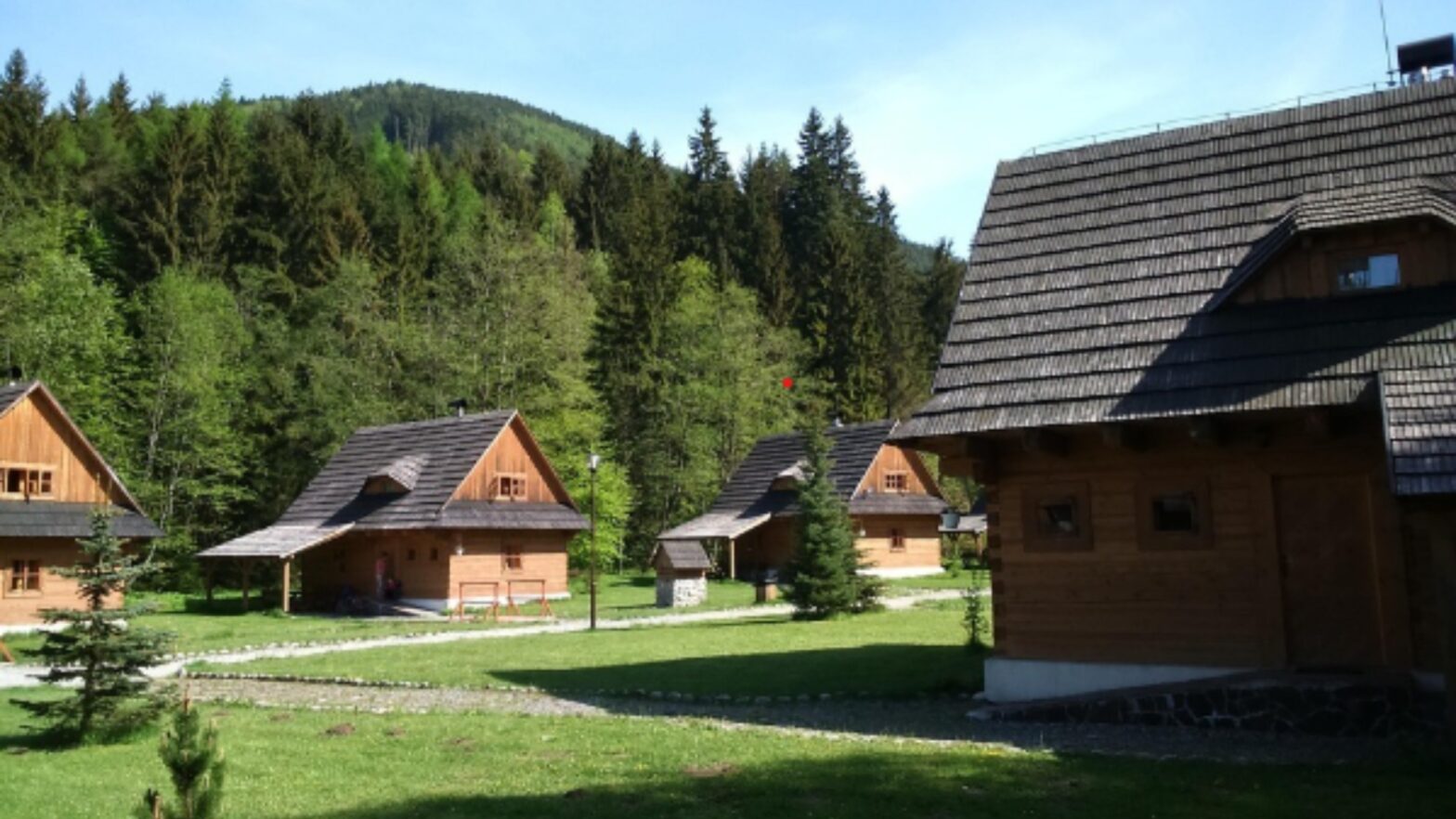The vacation property market is constantly evolving to meet the demands of a diverse and discerning traveler base.
As investors and travelers look ahead to 2025, a confluence of economic shifts, lifestyle changes, and technological advancements will continue to influence demand. This presents both challenges and opportunities for all parties.
Understanding these driving forces is paramount to thriving in such a dynamic landscape.
1. Scenic Locations
It all starts with location. Destinations renowned for their natural beauty, cultural heritage, or recreational activities consistently draw higher demand. Areas known for their pristine beaches, challenging ski resorts, or vibrant city attractions inherently possess a magnetic pull for vacationers.
Mediterranean destinations, for instance, perfectly exemplify how a region can meet diverse demands.
Greece, in particular, is forecast to remain a top European travel hotspot in the summer of 2025. Watch for a significant surge in short-term rental bookings driven by its enduring appeal and accessibility.
Explore these Greek properties, including islands like Santorini and Mykonos which boast breathtaking views. Greece offers year-round appeal due to its mild climates and colorful festivals; this ensures consistent visitor traffic beyond the peak summer months.
2. Amenities Worth the Investment
Beyond geography, amenities must be strategically designed (and maintained) to attract renters; upgrades also command higher prices.
Notable features include:
- Private hot tubs
- Swimming pools
- Scenic views
The modern traveler also seeks convenience. Look for properties conveniently located near:
- Local restaurants
- Shopping centers
- Entertainment venues
These perks reduce the need for extensive travel during leisure time.
3. Economic Factors
Broader economic climates significantly influence vacation property markets. For example, disposable income is a primary determinant. Households with more discretionary funds have a greater capacity (and willingness) to travel. Extra income also influences vacation home purchases.
Periods of strong economic growth increase travel and demand for vacation rentals. Consumer confidence rises, leading to more frequent and often longer trips.
There are also positives and negatives to inflation in this market. While inflation makes traveling more expensive, it does present an intriguing opportunity for investors. For example, adjusting short-term rental prices can help relieve inflationary pressures while ensuring investors receive a profit.
Vacation real estate (in high-demand markets) can hedge against inflation as property values often rise as prices increase. However, hosts must avoid pricing themselves out of the market; this requires sound operational and maintenance cost management.
4. Remote Work
The post-pandemic era has given rise to new lifestyle and travel trends, impacting vacation property demand.
The most significant trend is remote work. This trend is giving vacation properties a new marketing spin as “workcations” or dual-purpose homes.
These travelers are looking for rentals with:
- Strong Wi-Fi
- Dedicated workspaces
- Space conducive to productivity
However, the market also demands comfortable and appealing rentals that offer the allure of a getaway. This trend is fueling the demand for longer stays while providing more stable income streams for property owners.
5. Immersive Local Experiences
New traveler segments no longer accept generic lodging; they are looking for distinctive, bespoke, and genuine experiences. Expect increased demand for vacation rentals offering immersive local experiences, such as rich cultural activities.
Local events, from music festivals and sports games to conventions, lead to significant spikes in demand for vacation rentals. Local excitement allows property owners to command premium prices during these periods.
6. Wellness Travel
A growing emphasis on health and well-being is driving interest in wellness tourism. This trend is increasing demand for the following amenities:
- Yoga spaces
- Fitness equipment
- Healthy food
- Outdoor space to walk
- Meditation
- Relaxation space to simply unwind
Simultaneously, a growing interest in off-the-beaten-path destinations is emerging. Travelers are increasingly seeking unique and less crowded locales, leading to rising demand for properties in rural areas, smaller cities, and lesser-known regions, offering a refreshing escape from mainstream tourist hubs.
7. Sustainable Travel
Growing demand for sustainable tourism is fueling demand for green travel activities and accommodations. Energy-efficient hotels, eco-certification, and green activities attract sustainable tourists.
Sustainable trends, along with vacation property websites, are fundamentally reshaping market dynamics. The most frequently visited platforms are promoting properties to a larger customer base while making booking easier, thereby fueling overall market growth.
8. Growing Interest In Luxury Travel
Though budget remains a consideration for many travelers, there’s an increasing demand for high-end vacation residences. This segment also crosses over into the sustainable tourism market.
Travelers who cherish privacy, exclusivity, and high-end amenities will pay more for properties that offer a high-end experience.
9. Trends In Seasonal Travel
Seasonality continues to be significant.
Vacation rental demand varies seasonally and naturally based on holidays, school breaks, and favorable weather. These are the optimal periods for rentals in terms of rate and occupancy.
However, shoulder seasons (the periods immediately before and after peak season) offer moderate demand and can be attractive to individuals seeking somewhat lower rates. Lower rental rates can attract budget-conscious travelers or long-term guests during the off-season, and the local business sector will continue to generate a steady revenue stream despite slower periods.
The potential to earn money by renting property to travelers and tourists profoundly affects market activity. This relates to long-term investment worth as vacation homes appreciate in value over the years. This type of double advantage is a compelling offer.
10. Millennial Travel Trends
Millennials are undoubtedly an influential force in the travel market. They’re one of the largest travel segments.
Their travel behavior, fondness for experiences, and familiarity with technology shape demand. They spend a considerable amount on travel each year and are more likely to book online.
11. Trends In Family Travel
Changing family travel preferences also impact the market.
Families are increasingly involving their children in vacation planning and seeking properties that cater to the needs of all family members, often prioritizing spaciousness, multiple bedrooms, and kid-friendly amenities.
More pet owners are also traveling with their furry companions, boosting demand for pet-friendly travel. Vacation rentals that welcome pets should offer designated pet spaces, bowls, and local pet-friendly recommendations.
Watch the Market for More Emerging Trends
The vacation property market in 2025 is taking shape through a sophisticated interplay of traditional real estate drivers, economic realities, and evolving traveler preferences.
Success will hinge on a deep understanding of these factors and the ability to adapt properties and strategies to meet the diverse and dynamic demands of the modern vacationer.



































